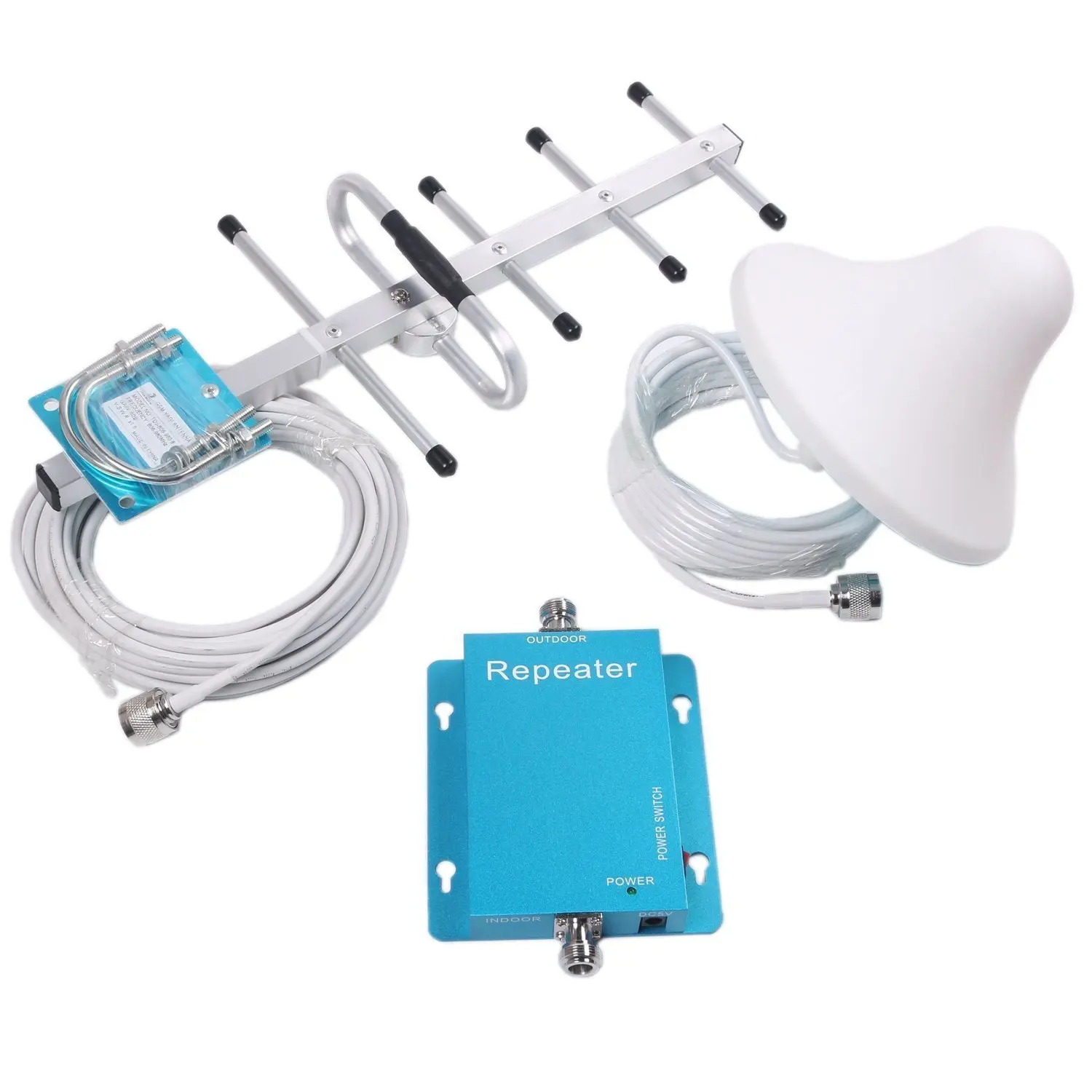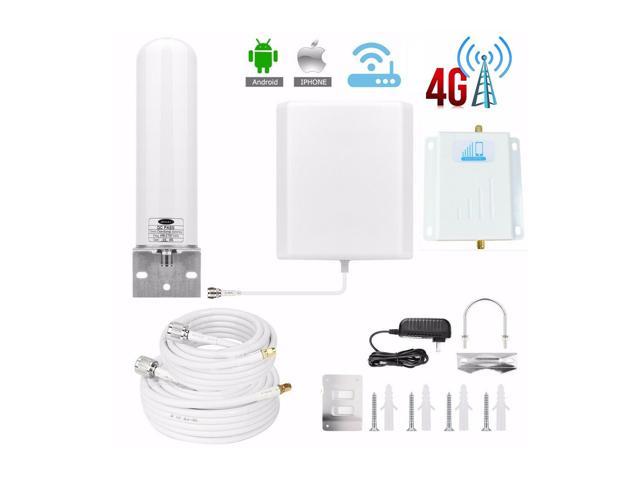

Try to position your phone or yourself differently You might need new phones and new plans, and there’s that tricky aspect of porting your numbers over, so keep reading for other ideas that’ll allow you to keep your phone and your network, and still come out on top with a stronger, workable signal. That said, even if you’ve found the culprit, moving networks is no small feat, particularly across an entire workforce or department. Getting a stronger signal from another network may be a difference maker.

If all the problems disappear, it could be your network, or, better yet, it’s a T-Mobile issue with no signal inside the building. To test this, borrow a phone from a friend or co-worker that is on a different network and compare the experience to your phone. If T-Mobile gives you bad reception in your building, it could be that your phone is fine, but your coverage is the issue. It could be the T-Mobile networkĪfter you’ve spent time troubleshooting your phone, it’s worth it to see if it’s your network. While it’s not likely, it’s worth a shot, and many report an improved signal on a recently reset phone - even if it’s a small improvement, it could mean the difference between a working signal and a frustrating one, especially if you’ve got an important call coming up. Over time, apps and other media can have an effect on your phone’s responsiveness, which can ultimately drag your signal down. If you’re looking to save money or your phone is newer and has been treated well or lived its life in a sturdy case, you can also try a factory reset of your phone. If another phone works on T-Mobile and “no signal” rules the day on your phone, a replacement or fix is in order. Unfortunately, the solution here is to either repair your phone or purchase a new one.īut before you run out to the store, you could try another phone, preferably on the same network. If you have an older phone or one that’s seen its fair share of fumbles, tumbles and drops, it could be that your phone’s hardware is malfunctioning and unable to sustain a proper signal during calls. To start, the problem could be with your phone itself. Without further ado, here are your options. When you’re on T-Mobile and you have no signal inside your building, frustrations could have you considering a phone or network upgrade, though, regrettably, any action you take may bring you the same result if the problem is actually something larger: your building. As a consumer or business owner, on the other hand, you just want your T-Mobile service to work flawlessly, no matter where you are.
T MOBILE ANTENNA BOOSTER FULL
However, it must be noted that the merger is still ongoing, and it could be a while before the full impact is felt and edge-case signals improve. In 2015, it was named the number one wireless carrier by Consumer Reports, and just this last April it merged with Sprint to create a more capable communications network for all consumers. and associated territories, T-Mobile USA is headquartered in the Seattle metropolitan area in Bellevue, Washington. Providing wireless voice and data services throughout the U.S. But first let’s take a look at how the T-Mobile network compares to others. If you depend on a solid cell signal to communicate with others, there are some things you can do to improve your network reliability and boost your signal to acceptable levels.


If you’re on T-Mobile, bad reception in buildings is not something you have to just tolerate and put up with. The good news is that you don’t have to be stuck with bad cell signal. Depending on your area and the materials used, even smaller buildings and homes can saddle you with finicky reception that can be frustrating at times. The flexibility and portability of cell phones is also their Achilles’ heel - network outages and other issues can sometimes plague your day, particularly if you spend most of your day in a building or office. Whether you work in an office or telecommute from home, or you’re just looking for more reliable calls from the warehouse or other locations, a strong cell phone signal is vital to your day to day. Even with all the advances in modern cell technology and 5G becoming more of a reality every day, dropped and missed cellular calls are still common.


 0 kommentar(er)
0 kommentar(er)
